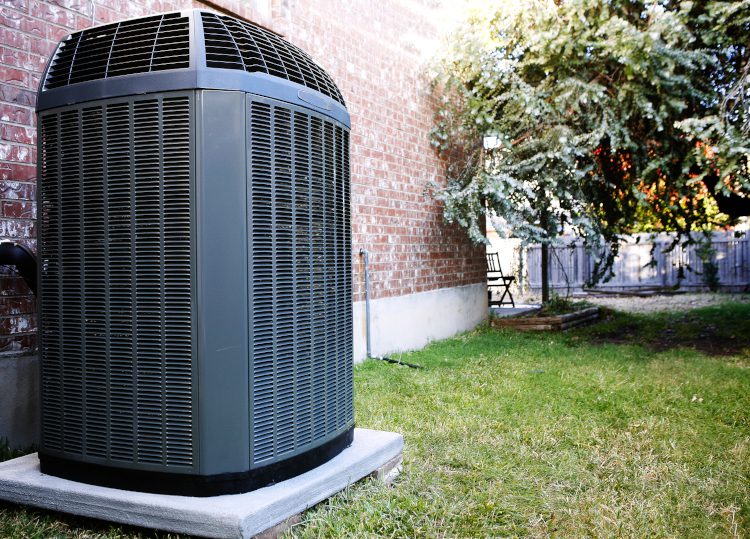
A sluggish air conditioner fan is terrible news in the sweltering summer months. When the odds are stacked against you, you need a rapid fan to cool off a home or room quickly. In some instances, a simple troubleshooting effort might resolve fan difficulties.
Fan Speed Setting
Some air conditioners have a fan button that allows the user to change the fan speed. When a room is swelteringly hot, the air conditioner could be set to “Low,” which implies that the fan spins slowly and generates little air movement, which might be a problem. Once the “Fan Speed” button has been pressed once, pressing it raises the fan speed to a new level. Low, medium and high fan speeds may be available on your air conditioner. When the fan speed is set to “High,” it tells the internal fan to spin as fast as possible, resulting in the most airflow.
Debris – Clean It Up
Plastic bags and strings, for example, can be pulled into the intake grille by children. As the fan turns, it is slowed down by the accumulation of material that encircles it. If the fan is fitted incorrectly, the blades may contact the fan housing, slowing the fan’s spin and causing it to overheat. The fan chamber may be accessed by removing the unit’s front or side panels. Take out any trash. If you look inside the fan housing, you may see where the fan hits the housing. If the fan hits the housing, it should be removed and replaced correctly.
Bearings
A filthy or grimy evaporator fan will not revolve as smoothly as it should. To test the evaporator fan, crank it by hand once the air conditioner panels have been removed to uncover the compartment. Electric motor oil should be used to lubricate the ball bearings. If you can’t easily rotate the fan, it’s time to replace it. This means that the fan is in good working order, and the fan capacitor may be faulty. Repairs should be made by a professional.
Ice Build Up
Outside weather conditions and disconnected thermostats can create ice accumulations and slow-turning fans inside the unit. A slow-moving fan mimics the effect of an ice buildup in the system by preventing airflow from the vents. If the thermostat or compressor is faulty or disconnected, the compressor may continue to run after the fan has stopped, resulting in a frozen device. The device may freeze if the outdoor temperature is lower than the thermostat setting.

